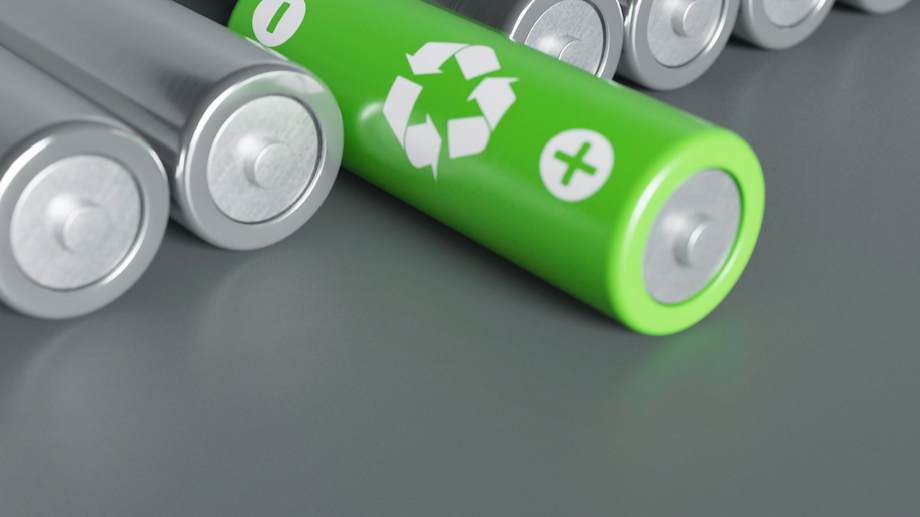 The surge in battery storage installations is reshaping the energy landscape. Lithium-ion technologies are propelling this revolution, attracting increased financial interest. But is battery storage truly mainstream? Industry experts weigh in on the policy impetus, financing challenges, and the evolving role of storage in the energy sector. Discover key insights from the discussion on the future of energy storage and its integration with renewables.
The surge in battery storage installations is reshaping the energy landscape. Lithium-ion technologies are propelling this revolution, attracting increased financial interest. But is battery storage truly mainstream? Industry experts weigh in on the policy impetus, financing challenges, and the evolving role of storage in the energy sector. Discover key insights from the discussion on the future of energy storage and its integration with renewables.
Lithium-Ion Technologies Driving Energy Storage Revolution
The surge in battery storage installations, fueled by advancements in lithium-ion technologies, is reshaping the energy landscape. As highlighted by industry experts, the improved performance and cost-effectiveness of lithium-ion batteries, largely driven by their widespread adoption in electric vehicles, have significantly enhanced the viability of energy storage projects. This technological evolution has not only increased the attractiveness of battery storage for financial sponsors but has also facilitated longer and more cost-efficient project financings. The growing prominence of lithium-ion technologies underscores the pivotal role they play in accelerating the transition towards a more sustainable and resilient energy ecosystem.
Policy Impetus and Grid Reliability: A Catalyst for Storage Adoption
Recent events in energy markets, such as the challenges faced in Texas and California, have underscored the critical importance of grid reliability and the need for robust energy storage solutions. The policy focus on enhancing grid resilience, particularly in response to reliability issues, has bolstered the momentum towards the adoption of energy storage systems. As highlighted by industry discussions, the link between renewable energy penetration, grid stability, and market dynamics has emphasized the essential role of energy storage in ensuring grid reliability and supporting the integration of renewables. Companies like Leidos are well-positioned to capitalize on this growing emphasis on storage solutions by offering innovative technologies and services that align with evolving policy frameworks and market demands.
Financing Challenges and Opportunities in the Energy Storage Sector
While the increasing interest in energy storage presents significant opportunities, project finance lenders continue to face challenges in fully embracing storage projects. The evolving nature of energy storage technologies, coupled with the need for longer financing tenors, poses complexities for lenders assessing the bankability of such projects. However, as the industry matures and technologies become more standardized, there is a gradual shift towards more favorable financing terms for energy storage initiatives. Companies like Leidos can leverage their expertise in providing tailored financial solutions and risk assessments to support the development of bankable storage projects, thereby facilitating the transition towards a more sustainable energy landscape.
Role of Energy Storage in Renewable Integration and Grid Stability
The integration of energy storage systems with renewable energy projects is becoming increasingly crucial in ensuring grid stability and maximizing the efficiency of renewable generation. By enabling the storage of excess renewable energy during periods of low demand and releasing it when needed, energy storage technologies play a vital role in balancing supply and demand dynamics. This flexibility not only enhances grid reliability but also contributes to the effective integration of intermittent renewable energy sources. Companies like Leidos are at the forefront of developing innovative storage solutions that enable seamless integration with renewable energy assets, thereby supporting the transition towards a cleaner and more sustainable energy mix.
Future Outlook: Navigating Towards a Resilient Energy Future
Looking ahead, the future of energy storage holds immense promise in reshaping the energy landscape towards a more sustainable and resilient future. With increasing policy support, technological advancements, and shifting market dynamics, energy storage is poised to play a pivotal role in enabling the transition towards a decarbonized energy sector. As companies like Leidos continue to innovate and collaborate across the value chain, the integration of energy storage solutions with renewable energy assets is expected to drive greater efficiency, reliability, and sustainability in the global energy ecosystem.
Conclusion
The surge in battery storage installations, driven by Lithium-ion technologies, is reshaping the energy landscape, with a focus on policy impetus, financing challenges, and the pivotal role of storage in the energy sector. As Leidos leads in innovative solutions, the future of energy storage promises a resilient and sustainable energy ecosystem. Embracing advancements and collaboration, the integration of storage with renewables will drive efficiency, reliability, and decarbonization, shaping a cleaner energy future for all stakeholders to navigate and embrace.